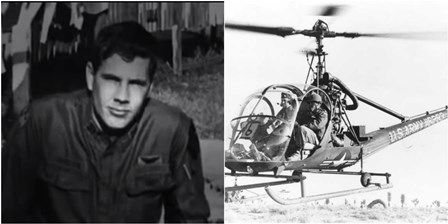“These people were looking at me for help and there was no way I could turn my back on them”
Hugh Thompson 1998 (Associated Press interview)
Hugh Thompson born April 15, 1943, was a United States Army Captain, and formerly a warrant officer in the 123rd Aviation Battalion, 23rd Infantry Division, who played a major role in ending the My Lai Massacre on March 16, 1968.
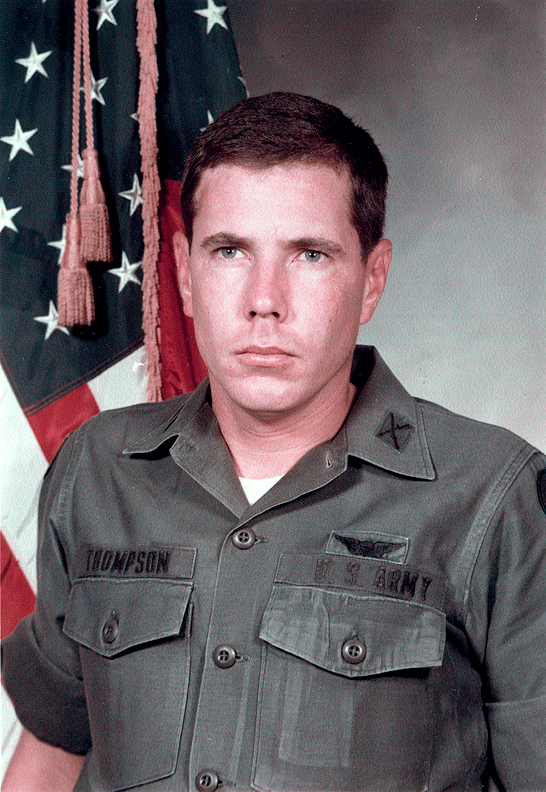
Hugh Tompson completed the flight training program in Texas and Alabama and he was enlisted in the United States Army in 1966. In the end of the next year in late-December 1967 he was ordered to go to Vietnam. There he started his career as a soldier and later become war hero.
On March 16, 1968, Thompson and his crew were ordered to support Task Force Barker’s search and destroy operations in Son My. Son My village was suspected by the United States Army Military Intelligence Corps to be a Viet Cong stronghold.
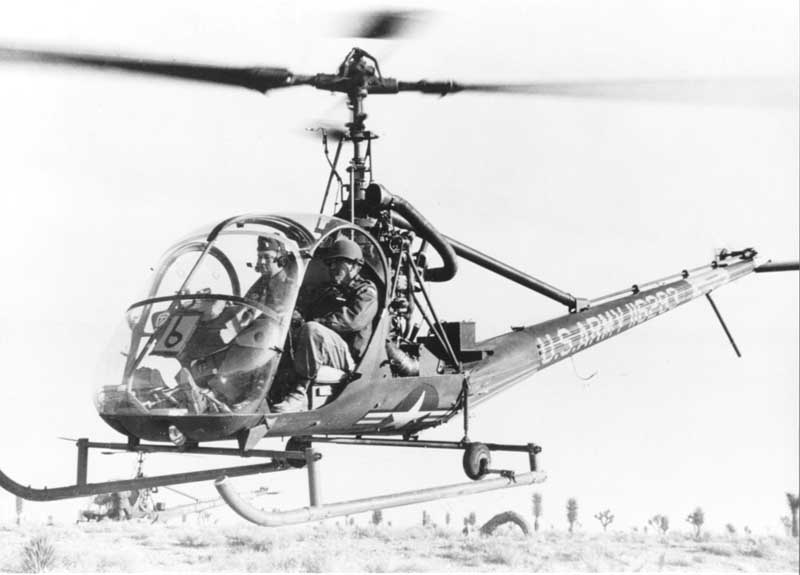
Hundreds of villagers were enjoying their breakfast when a flotilla of U.S. helicopters came whirring low overhead, the draught from their giant propellers flattening the tall, yellow grass. The village’s population was predominately composed of neutral, unarmed rice-farming families. Reconnaissance aircraft, including Thompson’s OH-23 crew, flew over Son My but received no enemy fire. When Thompson’s crew landed what they saw was a large number of bodies everywhere. As Thompson recalls: “Everywhere we’d look, we’d see bodies. These were infants, two, three, four, five-year-olds, women, very old men, no draft-age people whatsoever.”
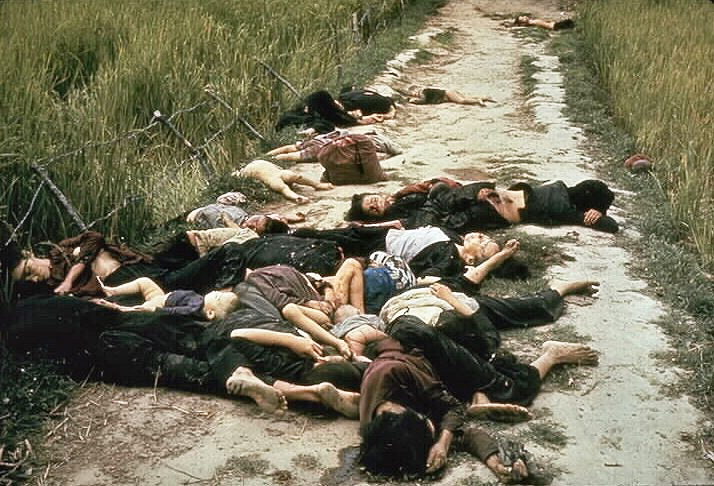
They landed the helicopter in the line of fire between American troops and fleeing Vietnamese civilians and pointed their own guns at the U.S. soldiers to prevent more killings. Colburn and Andreotta had provided cover for Thompson as he went forward to confront the leader of the U.S. forces. Thompson later coaxed civilians out of a bunker so they could be evacuated, and then landed his helicopter again to pick up a wounded child they transported to a hospital.
Thompson then radioed a message to accompanying gunships and Task Force Barker headquarters, “It looks to me like there’s an awful lot of unnecessary killing going on down there. Something ain’t right about this. There are bodies everywhere. There’s a ditch full of bodies that we saw. There’s something wrong here.”
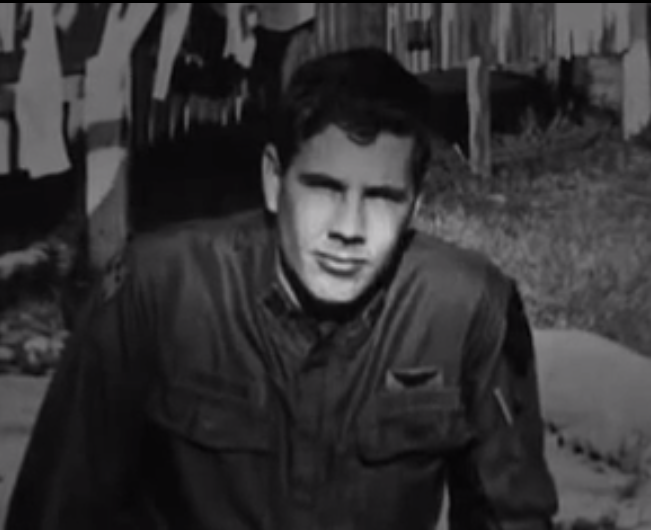
Their efforts led to the cease-fire order at My Lai. He later made an official report of the killings. Eventually, he testified against United States Army personnel in a long and painful journey to ensure justice. “I’d receive death threats over the phone… Dead animals on your porch, mutilated animals on your porch some mornings when you get up,” he later revealed.
As a direct result of what he experienced, Thompson suffered from posttraumatic stress disorder, alcoholism, divorce, and severe nightmare disorder. Despite the adversity he faced, he remained in the United States Army until November 1, 1983, and continued to make a living as a helicopter pilot in the southeastern United States.
